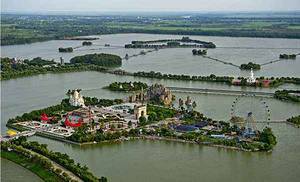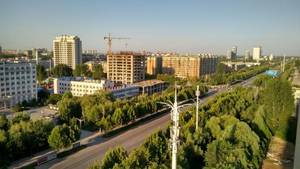Nanjing Alley Money House, A Glimpse into the Evolution of Currency
19, Nanjing Lane, Huaxilou Office, Qiaocheng District, Bozhou City, Anhui Province
4
Introduction

Address 19, Nanjing Lane, Huaxilou Office, Qiaocheng District, Bozhou City, Anhui Province
Opening hours 08:30-17:00 (all day)
last admission at 16:30 (Monday-Friday from January 1 to December 31) (all day)
(Saturday-Sunday from January 1 to December 31)




















